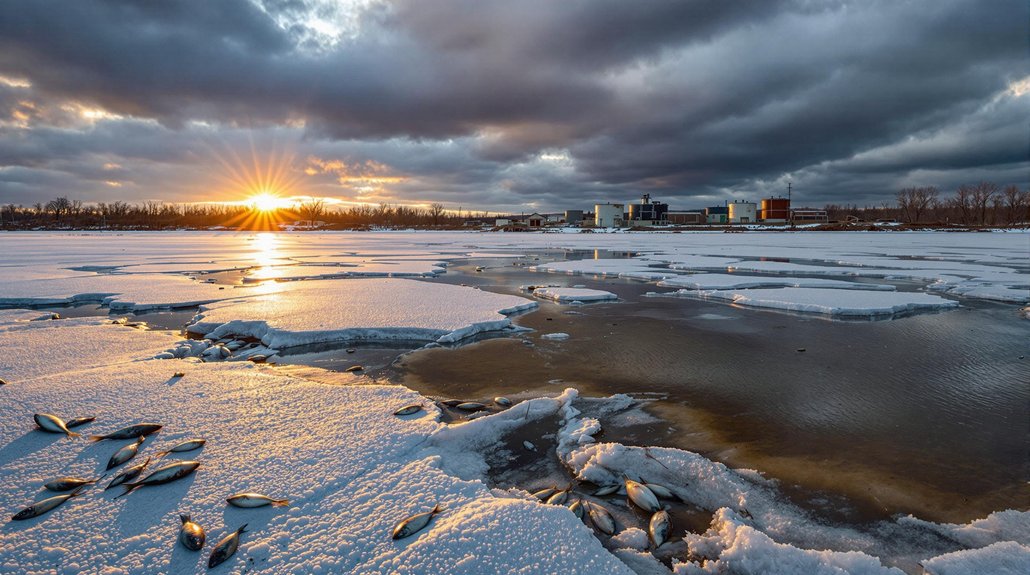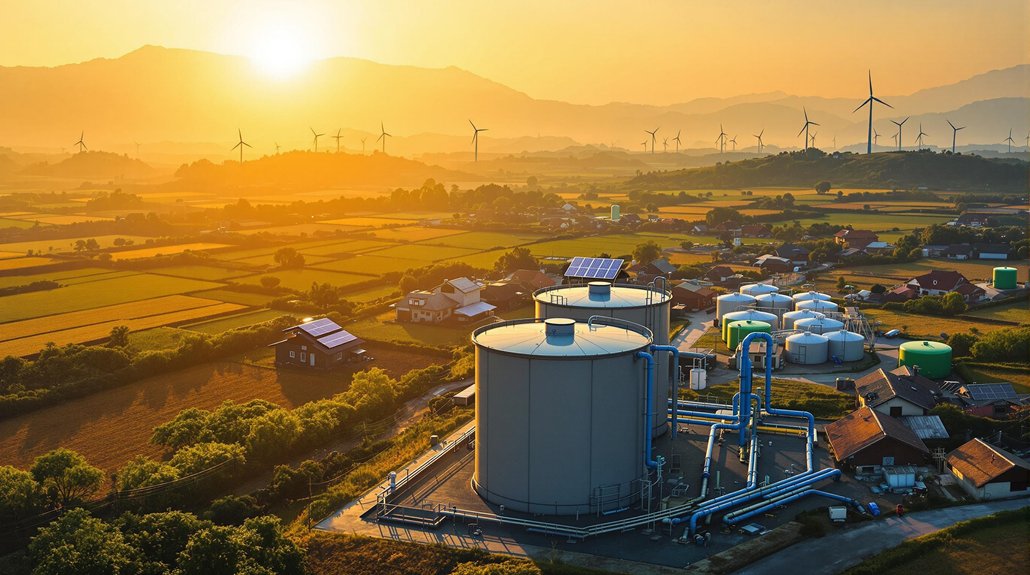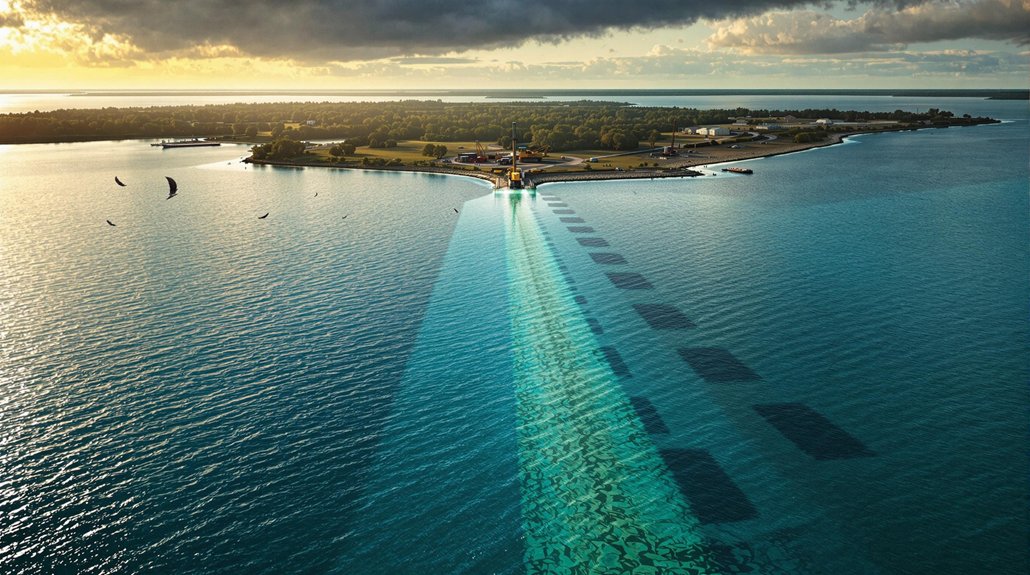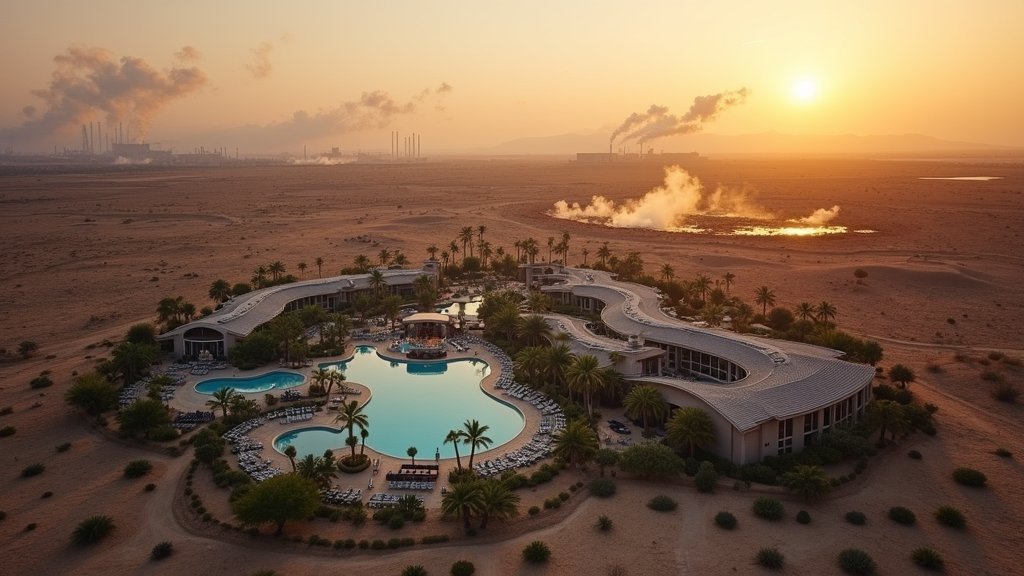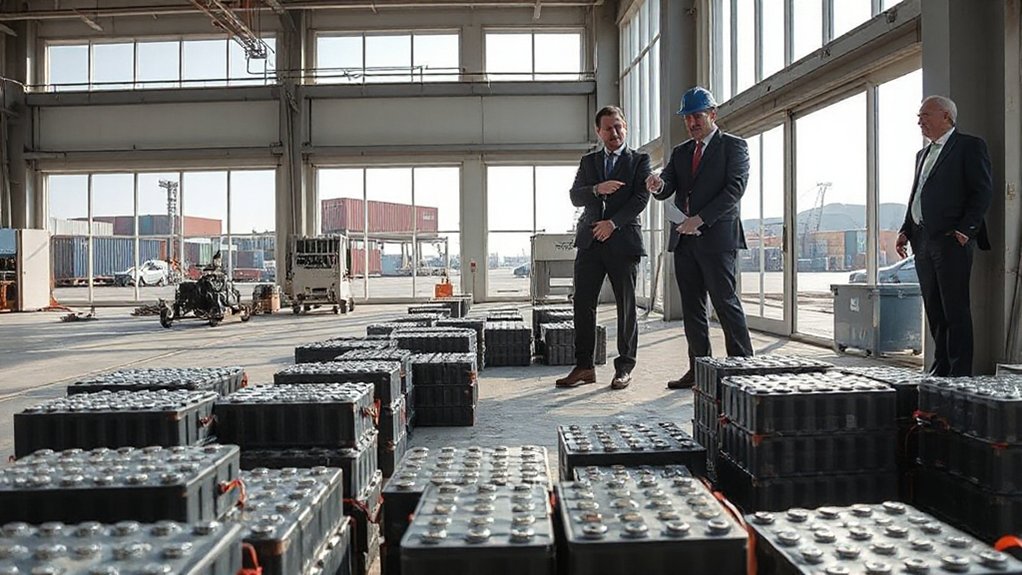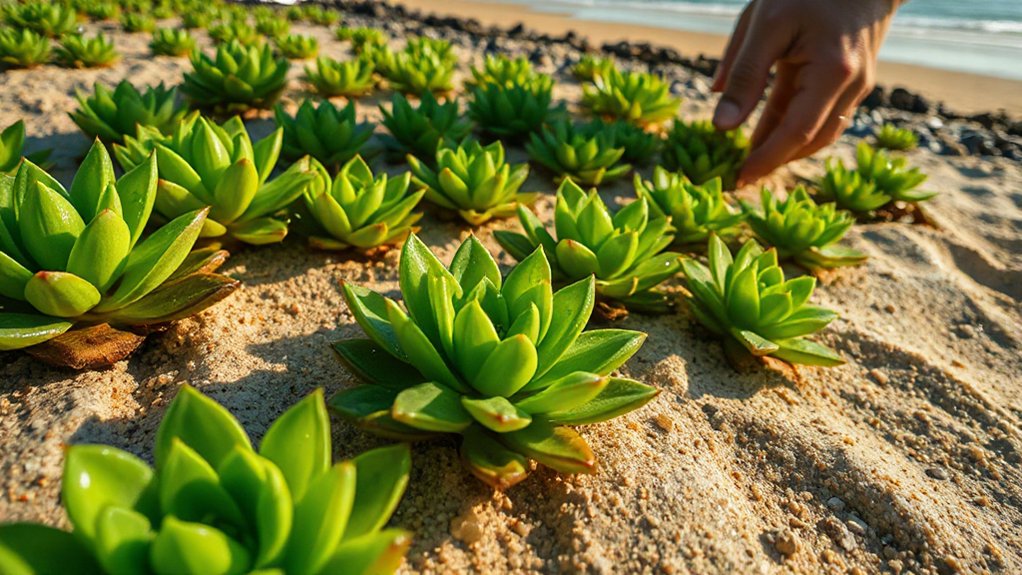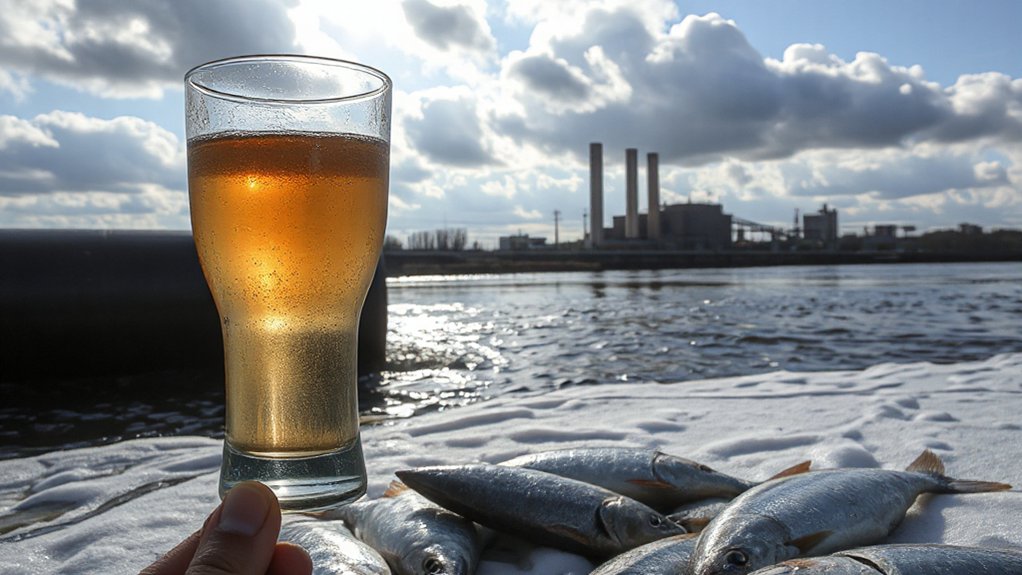Indigenous communities in Canada face a worsening supply crisis as climate change accelerates. With many reserves lacking clean drinking water for years or decades, health problems are widespread. Ontario’s First Nations are particularly affected, with Neskantaga enduring over 10,000 days without safe water. While the government has promised billions for infrastructure, many communities still struggle with food insecurity and failing systems. The crisis deepens as Canada’s northern regions warm at three times the global rate.
While Canada ranks among the world’s wealthiest nations, many of its Indigenous communities face a severe crisis in basic necessities. As of January 2016, 134 water systems in 85 First Nations reserves were under drinking water advisories. Many of these warnings have lasted for years or even decades. Ontario Province alone has 90 of these affected water systems.
The lack of clean water causes serious health problems. People suffer from skin diseases, stomach issues, and birth defects. One in five First Nations households in Ontario depends on private wells for drinking water, while 57% use home septic systems. Without proper support, these systems often fail. Neskantaga First Nation has endured over 10,000 days without access to clean drinking water, highlighting the severity of this ongoing crisis.
Climate change makes these problems worse. Canada is warming twice as fast as the global average, with northern areas heating up three times faster. This rapid change depletes traditional food sources for Indigenous communities. As a result, many people can’t afford expensive imported foods. Children go to school hungry, and older people eat less to cope.
The Canadian government has promised $4.6 billion for infrastructure in Indigenous communities over five years. However, First Nations reserves still lack binding regulations on water quality. Funding remains insufficient and budgeting arbitrary, leaving many problems unsolved.
First Nations communities aren’t properly consulted about commercial activities that affect their traditional lands. Industrial pollutants harm lakes, rivers, and streams. This environmental damage breaks connections to cultural practices and traditional knowledge. Community members experience significant mental health challenges due to the ongoing water insecurity and its effects on their way of life.
In response, many communities have started their own initiatives. They maintain food sharing networks, monitor climate impacts, and develop adaptation strategies. Some communities have begun growing their own food and planning for the future.
Human rights groups say Canada is violating international obligations toward First Nations. The ongoing water crisis affects rights to health, housing, and cultural practices. Without legal frameworks recognizing First Nations’ rights to protect water sources, these communities continue to struggle with basic needs that most Canadians take for granted.
